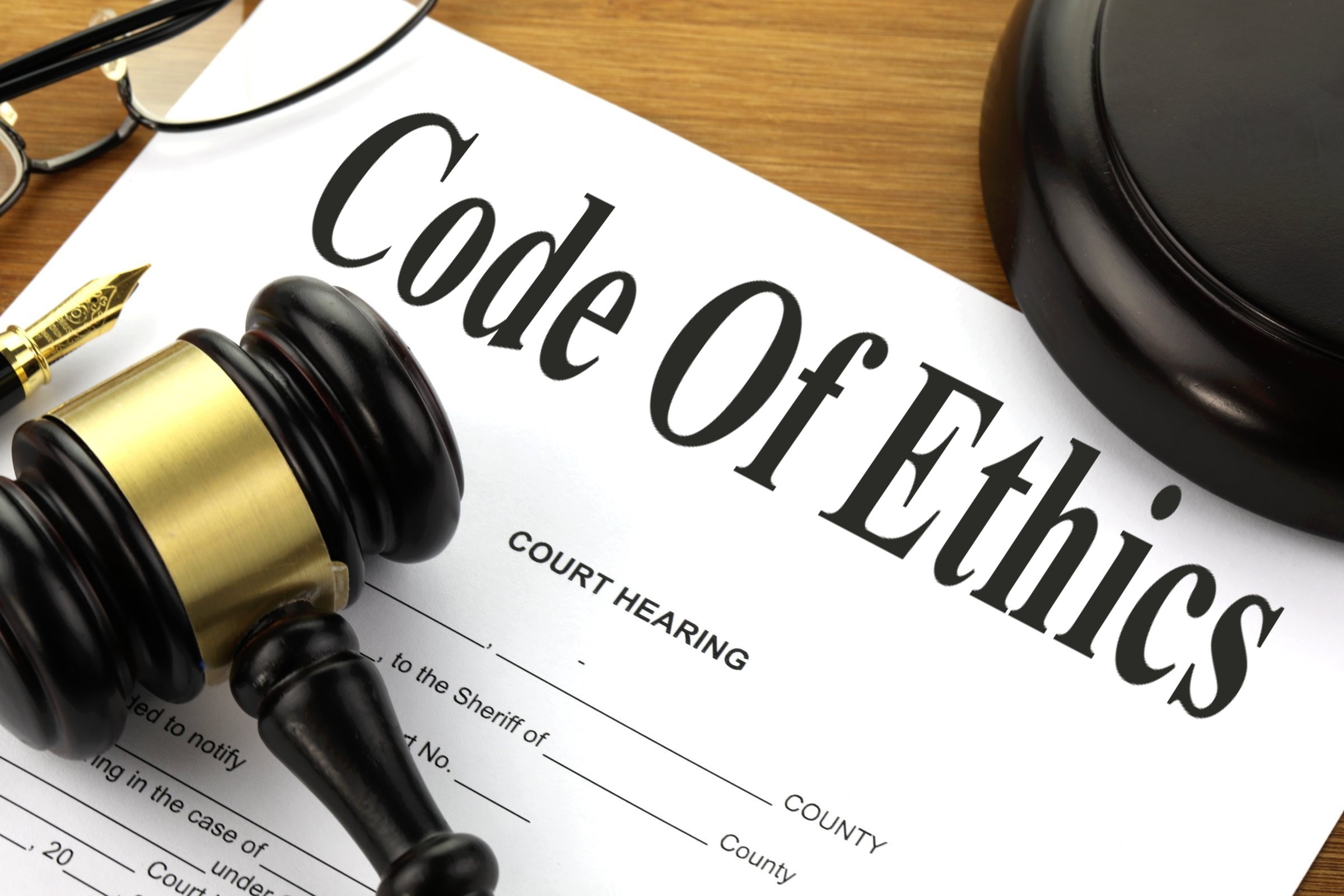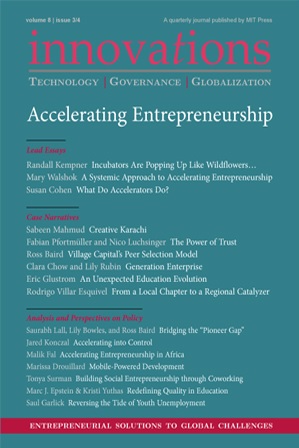The Israeli Patent Office recently released an update on its website regarding the distinct character of a trademark. Until now, the New Trade Marks Ordinance outlined some specific examples of marks and wordings that are ineligible for registration, but it did not provide specifics that defined what renders a mark sufficiently distinctive in and of itself for trademarking. In collaboration with the European Intellectual Property Network (EUIPN), these new guidelines aim to increase “transparency, legal certainty, and predictability for the benefit of examiners and applicants alike” (New Guidelines, pg. 1).
The Trade Marks Ordinance defines a Trademark as “a mark used, or intended to be used, by a person in relation to goods he manufactures or deals in” (New Trade Marks Ordinance, pg. 5). Trademarks are commonly known as recognizable signs, symbols, phrases, or stylized wording that easily identify a brand, such as the Coca Cola font, Nike’s distinctive “Just Do It” checkmark or the Ralph Lauren polo horse. But what is it about these brands’ logos that make them unique and instantly tell a consumer what brand they’re selling? The answer is Distinctiveness, meaning that the Trademark or logo is original to the point that it is a. recognizable for its brand and service and b. is distinguished enough from other brands so as not to confuse one Trademark for another.
While there are criteria to determine which words are distinctive, the new guidelines assume that all words are non-distinct and focuses mainly on the distinctiveness of the figurative elements.
The Trade Marks Ordinance notes several general rules regarding distinctiveness. The primary overarching guideline is that “no mark is eligible for registration as a trademark unless it is adapted to distinguish the goods of the proprietor of the mark from those of other persons” (New Trade Marks Ordinance, pg. 8). The newly released Guidelines specify eight different criteria that makes a logo reach this bar of distinctiveness to qualify for registration as a trademark:
- The guidelines discuss font with or without font effects. The font itself does not cause distinctiveness, but if the specific font is used in a way that is stylized, it can be registrable.
- Color does not itself cause distinctiveness, but the order and specific colors can create distinctiveness.
- Punctation or other symbols generally used in words do not cause distinctiveness in marks.
- Rearranging the words either upside-down or sideways is not considered distinct unless the arrangement causes the consumer to focus more on the arrangement rather than the words.
- The use of geometric symbols must be intentional rather than just a highlight or used as a border to be distinctive. The shapes and symbols themselves must be presented or configured in a way that creates a global impression to be sufficient for distinctiveness.
- Figurative elements must be visible to be distinctive.
- Figurative elements cannot be too literal in their representation of goods and services. Moreover, symbolic figures that don’t stray sufficiently from standard imagery that represent a particular good or service do not indicate distinctiveness. For example, a pest control service using a simple bug does not add distinctiveness, but if the bug is stylized as a cartoon that links with the services, it can add distinctiveness.
- Specific figurative elements that are commonly used, such as the standard symbol for the restroom, are non-distinctive as well.
For more examples and visual representations of these trademark criteria, visit the Israeli patent office at https://www.gov.il/he/departments/policies/tm-guidelines to read the guidelines in Hebrew or English.






